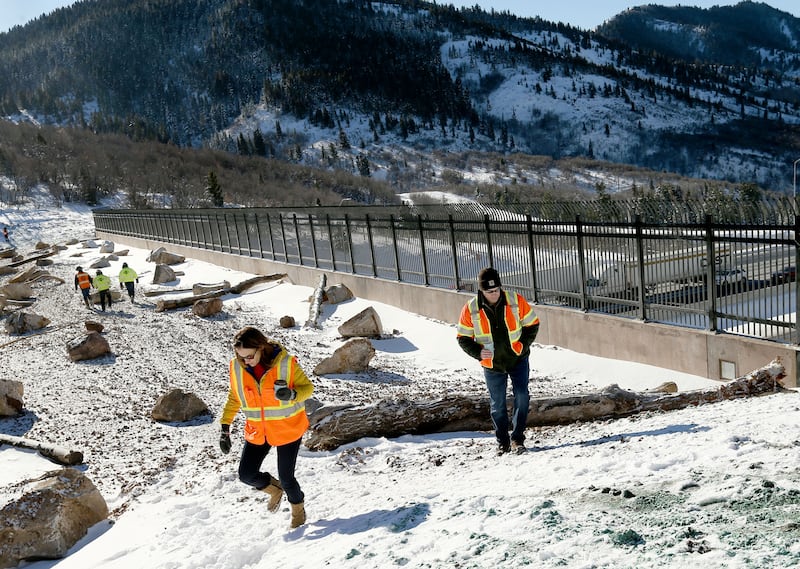Habitat fragmentation spurred by population growth and a changing climate in the American West poses unprecedented challenges for the very lands that sustain our people and wildlife. Utah is experiencing more frequent megafires, drought that’s depleting the Great Salt Lake and increasing development greatly impacting the region’s wildlife heritage that supports a multimillion-dollar recreation economy that defines the state.
We must respond to these threats, and new science increasingly points to maintaining and restoring wildlife corridors as a way to help people, nature and wildlife thrive for the long term. These routes, which big game and other animals have traversed for millennia, provide critical links between the valley floors where animals spend the winter months and the cooler, lush mountains they move to for summer.
Thankfully, Utah has a long history of leadership in identifying wildlife corridors, protecting habitat and making Utah’s roads safer for people and wildlife.
Utah made history in 1975 when it completed the first wildlife overpass in the U.S. on I-15 near Beaver. Since then, over 60 wildlife crossings have been installed throughout the state. These projects in Utah have been highly successful and have significantly reduced wildlife-vehicle collisions. Studies have demonstrated up to 90% fewer wildlife-vehicle collisions where there is a crossing structure and fencing to funnel animals to safe passage either over or under a roadway.
This past spring, state legislatures in California, Colorado, New Mexico, Oregon and Wyoming joined Utah in passing new laws and appropriating funding to reduce the impacts of habitat fragmentation through the construction of wildlife-friendly bridges and underpasses.
These legislative victories are in addition to a dozen other policy actions and funding mechanisms implemented at the state level since 2020. Many of these policies passed with strong bipartisan backing, which included broad support from sportsmen groups, local businesses, automobile insurers, conservation organizations and, in the case of the Colorado legislation, the American Petroleum Institute.
Now more than ever, it’s important that Utah builds on its success and keep pace with other Western states and fund new wildlife crossings. The bipartisan infrastructure bill, signed into law in November, created a Wildlife Crossings Pilot Program with $350 million made available to states to address planning, design and construction of wildlife road crossing infrastructure. This competitive grant program, along with similar programs requires a 20% match to access the federal funds, which means a $20 million annual state investment could leverage an additional $80 million every year in federal funding to make Utah’s roads safer for both people driving and wildlife.
In order to ensure Utah continues its leadership in protecting and maintaining wildlife connectivity, we need reliable state funding for wildlife crossings. Developing dedicated funding sources at the state level is critical to stimulating successful implementation of new standalone wildlife crossing projects throughout the state. This type of investment would be one of the most significant policy wins for wildlife in decades, setting a needed example for other Western states to follow.
At a time when politics only seems to divide us, the issue of protecting wildlife while making roads safer for families has proven to unite. With recent legislative success as an important first step, one thing is clear: Our work is just getting started. It’s time to build on this momentum, secure dedicated funding for wildlife crossings and chart a path for other western states to follow. It’s the Utah way.
Lindsay Martindale is a Colorado Plateau project manager working for Wildlands Network.

